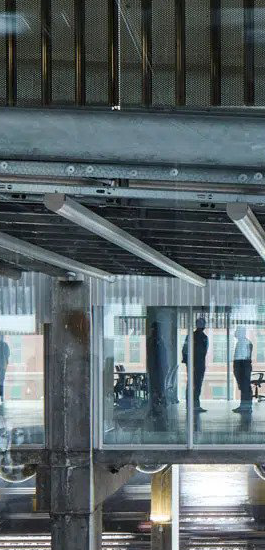Article Overview
Why do some places scale successfully, whereas others struggle…and, what are some of the unintended consequences of scaling? This post discusses different approaches to scaling urban neighbourhoods and downtowns. We explore the experimental methods employed by John List, chief economist with Walmart, formerly with Uber and Lyft.
Regeneration of existing urban areas is difficult, costly and messy. It is often much simpler and less expensive to redirect attention (and investment) to ripe opportunities elsewhere. However, the inner-city is a key component of a city’s economic vitality. With seemingly, ever-present demand for housing alternatives and the need for convenient services, cities seem to struggle with how to scale sustainably.
The Scale Dilemma
The best intentions can pave the way for a myriad of unintended consequences. Places respond differently. Many cities, like London or New York for instance, developed more organically on the outskirts, where outer-lying communities provided an affordable stepping-stone for immigrants and key workers.
Over time these fringe communities became more established and were incorporated into the fabric of the whole city. They provided a stable base and economic support system for newcomers to gain access to the city, its jobs and its services, without turning its back on its working-class residents.
Other cities scale differently. Led by policy, competitive market forces or sheer demand, scale can occur at speed. Many of the world’s cities are now on growth hormones. According to the UN, today 55% of the world’s population lives in urban areas and that is expected to grow to 68% by 2050, largely in Asia and Africa.
This is a two-part article:
Part One: How Neighbourhoods Scale – Unintended Consequences (Part I) — Unintended Consequences
Part Two: How Neighbourhoods Scale – Unintended Consequences (Part II) — Achieving Catalytic Scale
Read Next
Article
Won’t you be my neighbour?
By: sanya persaud
Article
Redesigning the parking garage to be more than car storage
By: Joanne Sparkes
We’d love to get to know you
Get in touch
"*" indicates required fields
Get in touch
Share




